Home>Garden Essentials>Where Do Coriander Seeds Come From
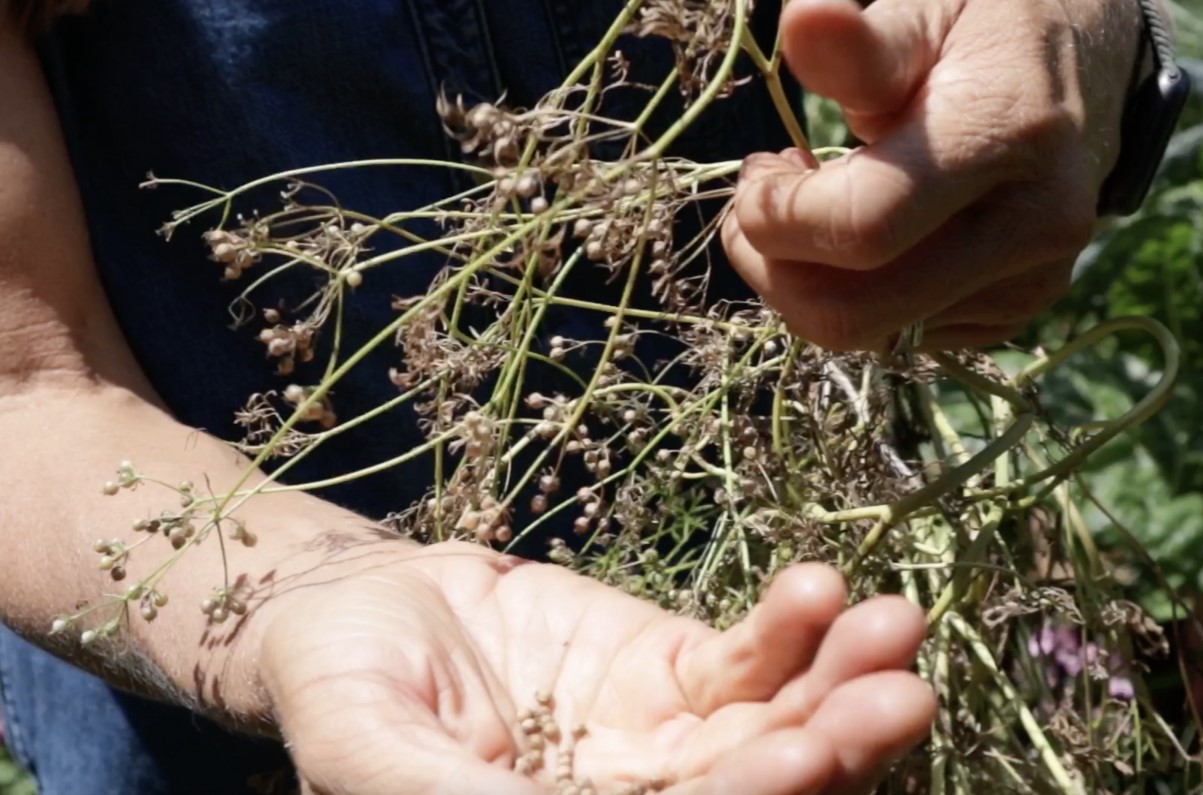

Garden Essentials
Where Do Coriander Seeds Come From
Modified: March 24, 2024
Discover the origins of coriander seeds and their journey from the garden to your kitchen. Learn about the cultivation process and the incredible health benefits they offer.
(Many of the links in this article redirect to a specific reviewed product. Your purchase of these products through affiliate links helps to generate commission for Storables.com, at no extra cost. Learn more)
Introduction
Welcome to the fascinating world of coriander seeds! Whether you’re an avid gardener, a food lover, or a curious enthusiast, understanding the journey of coriander seeds from their origins to your plate can deepen your appreciation for this versatile ingredient. In this article, we will explore the history, cultivation, harvesting, processing, and various uses of coriander seeds.
Coriander seeds, scientifically known as Coriandrum sativum, are derived from the coriander plant. This ancient herb has been cultivated for centuries and holds a prominent place in various cuisines and herbal medicine practices around the world.
As we delve into the fascinating world of coriander seeds, prepare to discover not only the techniques behind growing and harvesting this plant, but also its numerous nutritional benefits, medicinal properties, and the culinary delights it can bring to your dishes. Let’s embark on this journey and unlock the secrets of coriander seeds.
Key Takeaways:
- Coriander seeds have a rich history, offer diverse culinary uses, and provide numerous health benefits, making them a valuable addition to any pantry and a treasure in the world of gastronomy.
- From enhancing the flavors of dishes to offering a range of health benefits, coriander seeds are a versatile and aromatic ingredient that can elevate your culinary creations and contribute to overall well-being.
Read more: Where Do Kale Seeds Come From
History of Coriander Seeds
The history of coriander seeds can be traced back thousands of years to ancient civilizations, where they were highly valued for their aromatic properties and culinary uses. Coriander is believed to have originated in the Mediterranean region and has since spread to different parts of the world.
Ancient Egyptians were among the first to cultivate coriander and utilize its seeds as a spice. Coriander seeds were found in the tombs of pharaohs, indicating their importance in religious rituals and culinary practices. The seeds were also used as a flavoring agent in beverages and as an ingredient in embalming processes.
In India, coriander has been cultivated for thousands of years and is an integral component of traditional Ayurvedic medicine. The ancient Greeks and Romans also embraced coriander for its culinary and medicinal properties. It found its way into their cuisine, adding a unique flavor profile to various dishes.
During the Middle Ages, coriander seeds gained popularity in Europe, particularly in the Mediterranean regions. They were used to flavor bread, stews, and sausages. Arab traders played a significant role in spreading the use of coriander seeds to other parts of the world. They introduced coriander to countries in the Middle East, North Africa, and Asia.
Today, coriander seeds are widely used in cuisines across the globe. From Indian curries to Mexican salsas and Thai soups, these little seeds add a distinct flavor and aroma to countless dishes. In addition to its culinary uses, coriander seeds continue to hold a place in traditional medicine practices due to their potential health benefits.
Understanding the history of coriander seeds not only gives us insight into their cultural significance but also highlights their enduring popularity as a versatile spice. As we continue our exploration, let’s now turn our attention to the cultivation process of coriander plants.
Cultivation of Coriander Plants
Cultivating coriander plants can be a rewarding experience, especially if you have a passion for gardening and a desire to grow your own herbs. Here are some important factors to consider when growing coriander:
Climate and Soil: Coriander plants thrive in mild to warm climates. They prefer well-drained soil that is rich in organic matter. Ensure the soil has a pH level between 6.2 and 6.8 for optimal growth. Coriander can also tolerate partial shade, making it suitable for both outdoor gardens and indoor pots.
Sowing Seeds: Coriander seeds are best sown directly into the soil where they will grow. Start by loosening the soil and removing any weeds. Sow the seeds about 1/4 inch deep and 6-8 inches apart. If you’re growing coriander in pots, choose a container that is at least 8 inches deep to accommodate the plant’s roots.
Watering: While coriander plants require regular watering, it’s important not to overwater them. Keep the soil consistently moist but not soaked. Avoid watering the leaves excessively, as this can lead to fungal diseases. Mulching the soil around the plants can help retain moisture and prevent weed growth.
Thinning and Transplanting: Once the coriander plants reach a height of 2-3 inches, thin them out to ensure proper spacing. This helps prevent overcrowding and allows each plant to receive adequate sunlight and nutrients. You can use the thinned seedlings in your culinary preparations.
Pest and Disease Control: Coriander plants are relatively low-maintenance, but they can be susceptible to certain pests and diseases. Keep an eye out for aphids, caterpillars, and fungal infections. Using organic pest control methods, such as neem oil or insecticidal soap, can help protect your plants without harming the environment.
Harvesting: Coriander leaves, also known as cilantro, can be harvested once they reach a size suitable for culinary use. The young leaves have the best flavor. To harvest coriander seeds, allow the plants to flower and form seed heads. Once the seed heads turn brown and dry, cut them off and hang them upside down inside a paper bag. Shake the bag to release the seeds, which can be stored for future use.
Cultivating coriander plants can be a fulfilling endeavor. Whether you have a spacious garden or a small balcony, growing coriander allows you to add a fresh and aromatic touch to your cooking. Now that we’ve explored the cultivation process, let’s move on to how coriander seeds are harvested and processed.
Harvesting Coriander Seeds
Harvesting coriander seeds is an exciting part of growing this herb. Once the coriander plant flowers and develops seed heads, it’s time to gather the seeds for culinary and medicinal purposes. Here’s a step-by-step guide on harvesting coriander seeds:
1. Timing: Coriander seeds are ready to be harvested when the seed heads turn brown and dry on the plant. It usually takes about 3-4 months from sowing the seeds to reach this stage. Patience is key during this waiting period.
2. Observing the Seed Heads: Examine the seed heads to ensure they are fully dry. The seeds should easily come off with a gentle shake. If the seed heads are still green or not completely dry, it’s best to wait a little longer before harvesting.
3. Gathering the Seeds: To prevent the seeds from falling and scattering, place a clean cloth or plastic sheet beneath the plant. With one hand, hold the plant over the cloth, and with the other, gently rub the seed heads between your fingers or palms. The dried seeds will detach and fall onto the cloth.
4. Removing Debris: After collecting the seeds, remove any debris or plant material from the cloth. You can do this by sifting the seeds through a fine-mesh sieve or by blowing gently to separate them from unwanted particles.
5. Drying: Once the seeds are separated from debris, spread them out on a clean, dry surface such as a tray or a plate. Allow the seeds to air dry for a few days to ensure they are completely moisture-free. This step is crucial for preventing mold or spoilage during storage.
6. Storing the Seeds: Once the coriander seeds are thoroughly dried, transfer them to an airtight container. Store the container in a cool, dark place like a pantry or cupboard. Proper storage helps to maintain the flavor, aroma, and quality of the seeds for an extended period.
Harvesting coriander seeds gives you access to a valuable ingredient that can elevate the flavors of your culinary creations. These seeds are versatile, lending their distinct taste and aroma to curries, spice blends, marinades, and much more. In addition to their culinary uses, coriander seeds also offer a range of nutritional and medicinal benefits, which we will explore further in the upcoming sections.
Processing and Storage of Coriander Seeds
Once coriander seeds are harvested, they require proper processing and storage to maintain their flavor, freshness, and nutritional value. Here’s a guide on how to process and store coriander seeds:
1. Cleaning: Before processing, ensure that the harvested coriander seeds are free from debris, dirt, and any unwanted particles. This can be done by gently sifting the seeds through a fine-mesh sieve or by blowing air over them to remove any residual plant material.
2. Grinding: Grinding coriander seeds into a fine powder is a common way to utilize their flavor in cooking. To do this, you can use a mortar and pestle or an electric spice grinder. Grind the seeds in small batches to achieve a consistent texture. Remember to clean your grinding equipment thoroughly before and after use to avoid flavor contamination.
3. Dry Roasting: Dry roasting coriander seeds enhances their aroma and deepens their flavor. To dry roast the seeds, heat a skillet or a frying pan over medium heat. Add the seeds and toast them, stirring continuously, until they become fragrant and slightly darker in color. Be careful not to burn them, as this can give a bitter taste to the seeds.
4. Storing: It is important to store coriander seeds correctly to preserve their freshness and potency. Transfer the processed seeds to an airtight container, such as a glass jar or a resealable plastic bag. Store them in a cool, dry place away from direct sunlight, as exposure to light can cause the seeds to lose their flavor and nutritional value over time.
5. Shelf Life: Properly stored coriander seeds can retain their flavor for up to one year. However, for optimal taste and quality, it is recommended to use them within six months. As with any spice, freshness is key in ensuring the best culinary experience.
Processed coriander seeds can be conveniently used in various culinary preparations. You can sprinkle them over curries, add them to spice blends, use them as a marinade for meats, or incorporate them into baked goods for a unique twist. It’s always best to freshly grind the seeds just before using them to maximize their flavor impact.
By following the proper processing and storage techniques, you can ensure that your coriander seeds stay fresh and flavorful, ready to enhance your favorite dishes with their distinctive taste and aroma. In the next sections, we will explore the common uses, nutritional benefits, and medicinal properties of coriander seeds.
Coriander seeds come from the coriander plant, which is also known as cilantro. The seeds are actually the dried fruit of the plant and are commonly used as a spice in cooking.
Read more: Where Do Radish Seeds Come From
Common Uses of Coriander Seeds
Coriander seeds are renowned for their versatility and ability to elevate the flavors of various dishes. From savory to sweet, these aromatic seeds are a staple in many culinary traditions around the world. Here are some common uses of coriander seeds:
1. Spice Blends: Coriander seeds are a key ingredient in countless spice blends. They impart a warm, earthy, and slightly citrusy flavor to curry powders, garam masalas, and other spice mixes. These blends are used to season curries, sauces, stews, and marinades, providing a delightful depth of flavor.
2. Curry and Indian Cuisine: In Indian cuisine, coriander seeds are a fundamental spice. They are used in a wide range of dishes, including curries, biryanis, chutneys, and pickles. The seeds add a unique aromatic quality that balances the heat of other spices and brings out the richness of flavors.
3. Middle Eastern and Mediterranean Cuisine: Coriander seeds are commonly found in Middle Eastern and Mediterranean cuisine. They are used in dishes like hummus, falafel, and spice rubs for meats. The seeds lend a distinct aroma and flavor that complements the savory and tangy profiles of these cuisines.
4. Baking and Sweet Treats: Coriander seeds can also be used in baking to add an interesting twist to sweet treats. Crushed or ground coriander seeds can be incorporated into cookies, cakes, bread, and even fruity desserts. The subtle citrus notes of the seeds provide a delightful contrast to the sweetness of the baked goods.
5. Pickling and Preserving: The tangy and slightly spicy flavor of coriander seeds makes them a popular choice for pickling vegetables, such as cucumbers, carrots, and onions. They enhance the brine with their unique taste and contribute to the overall flavor profile of the pickles.
6. Tea Infusions: Coriander seeds can be used to make infused teas that offer a refreshing and soothing experience. Simply crush a few seeds and steep them in hot water for a few minutes. The resulting tea is known for its calming properties and mild, aromatic taste.
These are just a few examples of the vast culinary possibilities that coriander seeds offer. Their versatility and distinctive flavor profile make them a must-have spice in any well-stocked kitchen. Whether you’re indulging in the vibrant and complex flavors of Indian cuisine or experimenting with new recipes, coriander seeds are sure to elevate your culinary creations to new heights.
In the next sections, we will explore the nutritional benefits and medicinal properties that make coriander seeds not only a flavorful addition to your dishes but also a valuable ingredient for your overall wellness.
Nutritional Benefits of Coriander Seeds
Coriander seeds not only add flavor and aroma to your dishes but also bring a range of nutritional benefits. These tiny seeds are packed with nutrients that contribute to overall health and well-being. Here are some key nutritional benefits of coriander seeds:
1. Vitamins and Minerals: Coriander seeds are rich in vitamins and minerals, including vitamin C, vitamin K, vitamin A, potassium, calcium, and magnesium. These nutrients play vital roles in supporting immune function, bone health, heart health, and energy production.
2. Antioxidants: Coriander seeds contain several antioxidants, such as quercetin, kaempferol, and vitamin C. These compounds help protect the body against oxidative stress and cellular damage caused by free radicals. Antioxidants have been associated with a reduced risk of chronic diseases, including heart disease and certain types of cancer.
3. Digestive Health: Consuming coriander seeds can support digestion and ease digestive discomfort. The seeds contain compounds like linalool and borneol, which have been shown to have antispasmodic and digestive stimulant properties. They can help alleviate symptoms of indigestion, bloating, and flatulence.
4. Blood Sugar Regulation: Coriander seeds may aid in regulating blood sugar levels. Studies have suggested that they have anti-diabetic properties and can help improve insulin sensitivity. Consuming coriander seeds may assist in managing blood sugar spikes, reducing the risk of developing type 2 diabetes.
5. Anti-Inflammatory Effects: The essential oils found in coriander seeds, such as linalool and alpha-pinene, have anti-inflammatory properties. These compounds can help reduce inflammation in the body, benefiting conditions such as arthritis and inflammatory bowel diseases.
6. Cholesterol Management: Some studies have suggested that coriander seeds may help lower total cholesterol and LDL (bad) cholesterol levels, while increasing HDL (good) cholesterol. This can contribute to a healthier cardiovascular system and reduce the risk of heart disease.
It’s important to note that while coriander seeds offer nutritional benefits, they should be consumed as part of a balanced diet and not solely relied upon for specific health conditions. Consult with a healthcare professional if you have any specific concerns or conditions.
By incorporating coriander seeds into your diet, you can enjoy their delicious flavor while reaping the nutritional rewards they offer. In the next section, we will explore the medicinal properties of coriander seeds and how they have been used in traditional medicine practices.
Medicinal Properties of Coriander Seeds
Coriander seeds have been used for centuries in traditional medicine practices due to their medicinal properties. Packed with beneficial compounds, these seeds offer a range of health benefits. Here are some of the notable medicinal properties associated with coriander seeds:
1. Digestive Aid: Coriander seeds have long been used to support digestion. They contain essential oils that can promote the secretion of digestive enzymes and stimulate the digestive system. Coriander seeds may help alleviate symptoms of indigestion, bloating, and gastrointestinal discomfort.
2. Anti-inflammatory: The essential oils found in coriander seeds have anti-inflammatory properties. They can help reduce inflammation in the body, which is a common underlying factor in many chronic diseases, including arthritis and inflammatory bowel diseases.
3. Antioxidant Activity: Coriander seeds are rich in antioxidants, such as quercetin and vitamin C, which help neutralize harmful free radicals and protect the body from oxidative stress. This antioxidant activity can potentially lower the risk of chronic diseases and support overall well-being.
4. Diuretic Properties: Coriander seeds have diuretic properties, which means they can promote the production of urine and help flush out toxins from the body. This can be beneficial for maintaining kidney health and preventing water retention.
5. Blood Sugar Regulation: Some studies suggest that coriander seeds may have a positive effect on blood sugar levels. They may help regulate blood glucose levels by stimulating insulin secretion and improving insulin sensitivity. However, more research is needed to fully understand the extent of this benefit.
6. Anti-microbial Activity: Coriander seeds exhibit antimicrobial properties, which means they can help inhibit the growth and proliferation of harmful microorganisms. This property can be attributed to the presence of compounds like linalool and cineole. Coriander seeds have been used traditionally to treat bacterial and fungal infections.
While coriander seeds have been traditionally used for their medicinal properties, it’s important to consult with a healthcare professional before using them for therapeutic purposes. They should not replace medical treatment or be used as a primary treatment for any specific health condition.
Incorporating coriander seeds into your diet can be a flavorful way to enjoy their potential health benefits. Whether you use them in cooking, brew them into a tea, or infuse them into remedies, coriander seeds provide a natural and aromatic addition to your wellness routine.
Next, let’s explore some culinary recipes and tips that can help you make the most of coriander seeds in your kitchen.
Culinary Recipes and Tips with Coriander Seeds
Coriander seeds are a versatile ingredient that can add depth, aroma, and a hint of citrusy flavor to various dishes. Here are some culinary recipes and tips to help you make the most of coriander seeds in your kitchen:
1. Spice Blends: Create your own homemade spice blends by incorporating ground coriander seeds. Combine them with cumin, turmeric, paprika, and other spices to create a flavorful curry powder or a versatile seasoning mix for meats, vegetables, and rice dishes.
2. Curry Delights: Coriander seeds are a must-have in any curry recipe. Toast the seeds, grind them into a powder, and use them as a base seasoning for curries. Their earthy and slightly citrusy notes will infuse your curry with a delightful taste. Pair coriander seeds with other spices like cumin, turmeric, and fenugreek for a more complex flavor profile.
3. Marinades and Rubs: Incorporate ground coriander seeds into marinades and dry rubs for meats and vegetables. The spice will add a unique and aromatic touch to your grilled or roasted dishes. Combine coriander seeds with other ingredients like garlic, ginger, and lemon juice for a tangy and flavorful marinade.
4. Fragrant Rice: Add whole coriander seeds to your rice preparations for a fragrant twist. Toast the seeds before adding them to the rice during cooking. The aroma of coriander seeds will permeate the rice, enhancing the overall taste. This works particularly well with basmati rice, creating a wonderful accompaniment to curries and stir-fries.
5. Homemade Bread and Baked Goods: Incorporate crushed coriander seeds into your homemade bread and baked goods to impart a unique flavor. The citrusy notes of the seeds add a delightful twist to bread, muffins, and pastries. Sprinkle some crushed seeds on top of your bread before baking for an appealing texture and aroma.
6. Fresh Herb Alternative: If you don’t have fresh cilantro on hand for a recipe, you can substitute it with ground coriander seeds. The flavor won’t be the same, but the slight citrusy undertones of coriander seeds can provide a similar taste profile in dishes like salsa, guacamole, or soups.
7. Roasting Vegetables: Toss roasted vegetables, such as carrots, potatoes, or cauliflower, in a blend of coriander seeds, cumin, and olive oil before roasting. The combination of spices will enhance the natural sweetness of the vegetables and give them a fragrant and delicious edge.
Remember, freshly ground coriander seeds will offer the most intense flavor. Invest in a good-quality spice grinder or a mortar and pestle to grind the seeds just before using them in your recipes.
When buying coriander seeds, look for whole seeds that are plump, firm, and have a distinct aroma. Store them in an airtight container in a cool, dark place to maintain their flavor for longer. Avoid grinding or toasting a large quantity at once, as seeds lose their flavor quickly once they are ground or exposed to heat.
With these culinary recipes and tips, you can explore the diverse flavors of coriander seeds and unleash their aromatic potential in your cooking. Whether it’s in curries, marinades, bread, or roasted vegetables, the addition of coriander seeds will take your dishes to new heights of flavor.
As we wrap up our journey through coriander seeds, let’s reflect on the remarkable versatility and rich heritage of this ingredient. Whether you’re a seasoned cook or a novice in the kitchen, coriander seeds are a valuable addition to any pantry, offering a world of culinary possibilities.
Read more: Where Do The Sunflower Seeds Come From
Conclusion
Coriander seeds, with their rich history, diverse culinary uses, and numerous health benefits, are truly a treasure in the world of gastronomy and natural remedies. From ancient civilizations to modern kitchens, these tiny seeds have played a significant role, adding depth, aroma, and flavor to a wide range of dishes.
Exploring the journey of coriander seeds has unraveled a fascinating story. From their origins in the Mediterranean to their widespread cultivation across the globe, coriander seeds have stood the test of time, captivating the taste buds of people from different cultures and backgrounds.
Not only do coriander seeds enhance the flavors of our favorite dishes, but they also offer an array of health benefits. Packed with vitamins, minerals, antioxidants, and medicinal properties, these seeds have long been valued for their ability to support digestion, reduce inflammation, regulate blood sugar, and contribute to overall well-being.
Whether you’re savoring a homemade curry, baking delectable treats, or infusing a tea, incorporating coriander seeds into your culinary endeavors is an opportunity to embark on a flavorful and aromatic journey.
As you delve into the world of coriander seeds, remember to select high-quality seeds, store them correctly, and employ various culinary techniques to unlock their full potential. Grinding, toasting, and using coriander seeds in spice blends, marinades, and roasted vegetables will elevate your dishes with their unique taste and fragrance.
Coriander seeds offer a bridge between tradition and innovation, connecting the past with the present. Their ancient roots and timeless allure continue to inspire chefs, gardeners, and herbal enthusiasts alike.
So, as you embark on your culinary adventures, take delight in the versatility, flavor, and health benefits that coriander seeds bring to your plate. From adding a sprinkle of ground seeds to a marinade, to toasting them to release their enticing aroma, coriander seeds invite you to explore the depth of their potential and the richness of their culinary legacy.
Indulge in the pleasures of coriander seeds, and may your journey through the world of flavors and well-being be enriched by these remarkable little seeds.
Frequently Asked Questions about Where Do Coriander Seeds Come From
Was this page helpful?
At Storables.com, we guarantee accurate and reliable information. Our content, validated by Expert Board Contributors, is crafted following stringent Editorial Policies. We're committed to providing you with well-researched, expert-backed insights for all your informational needs.
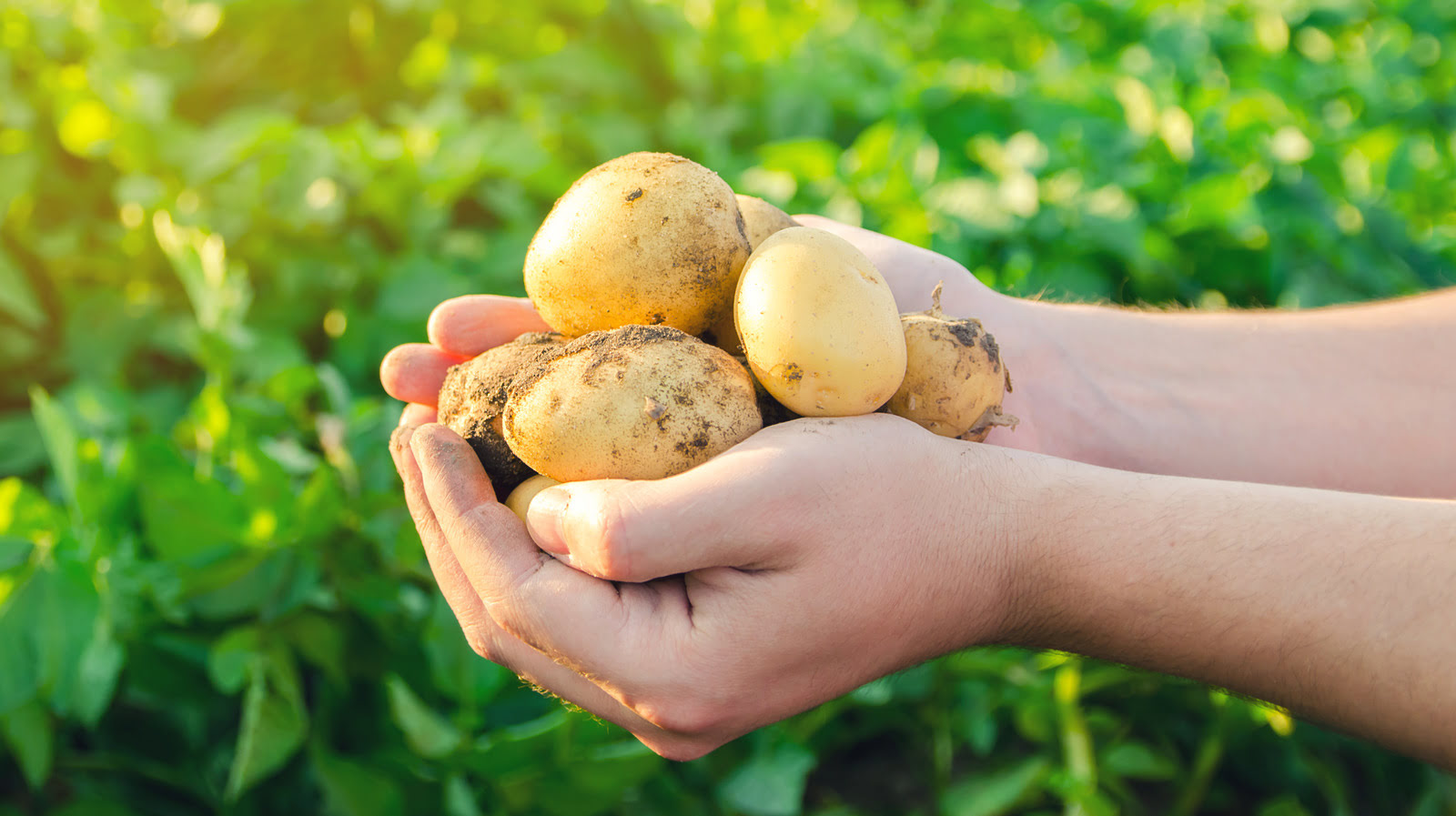
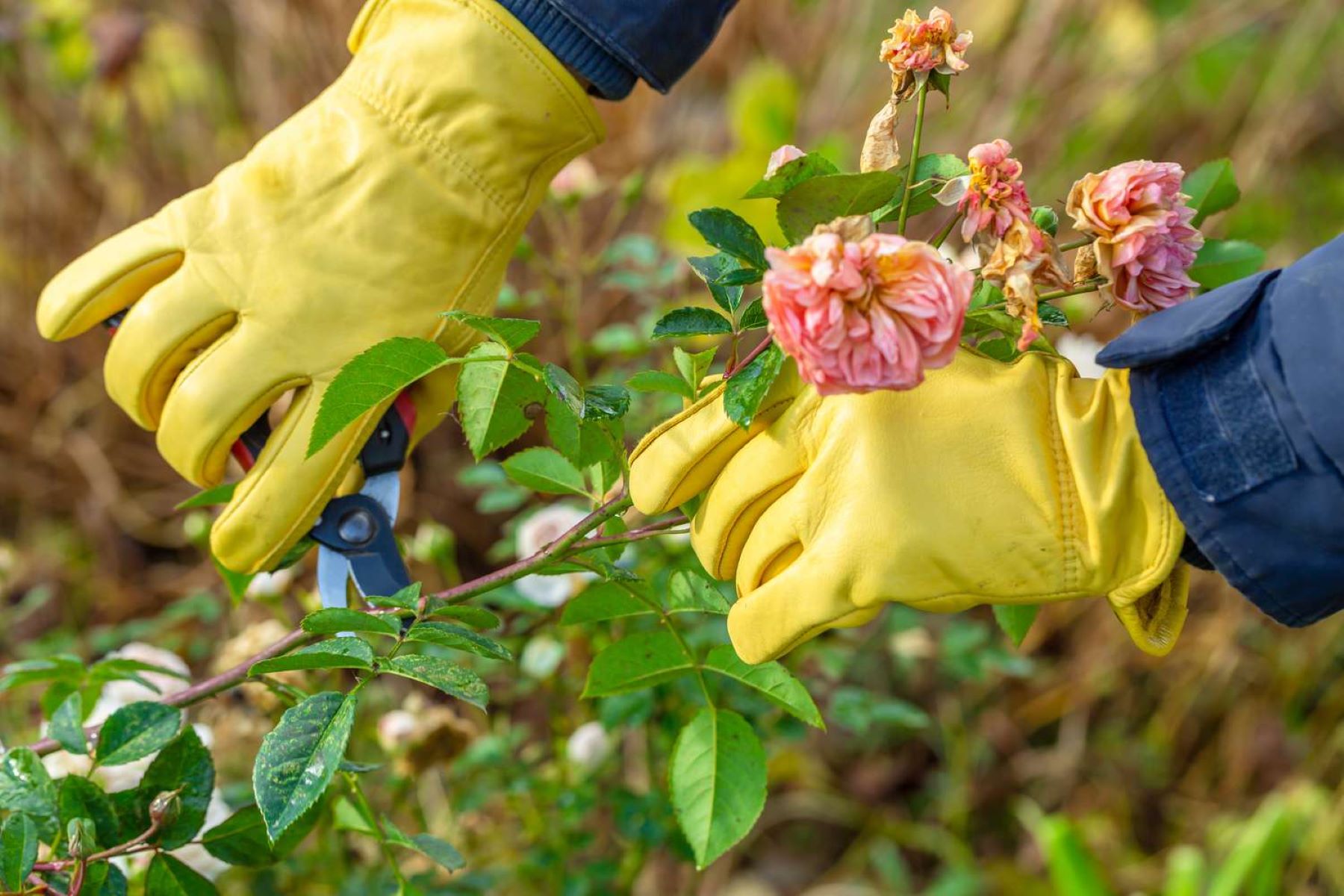
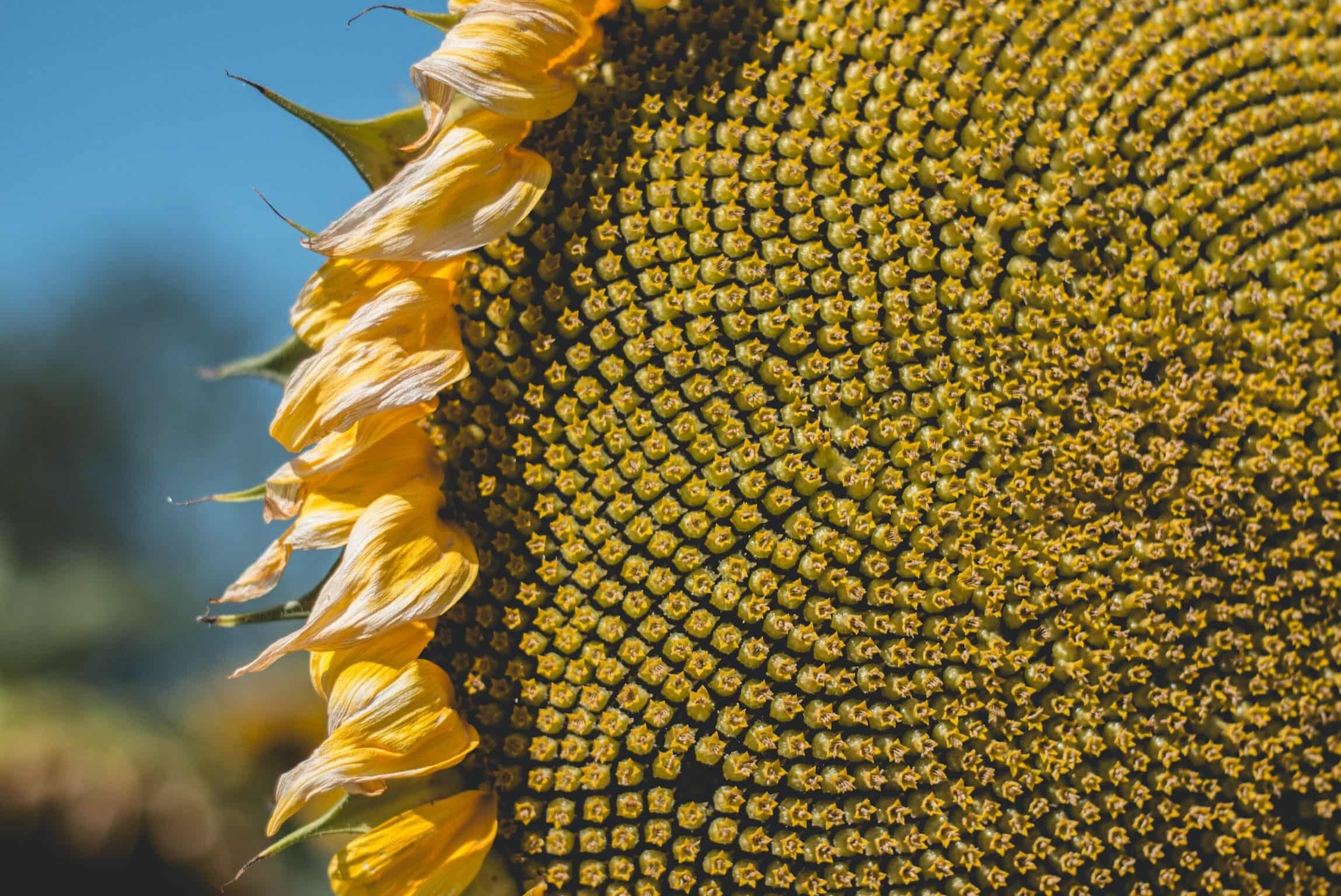
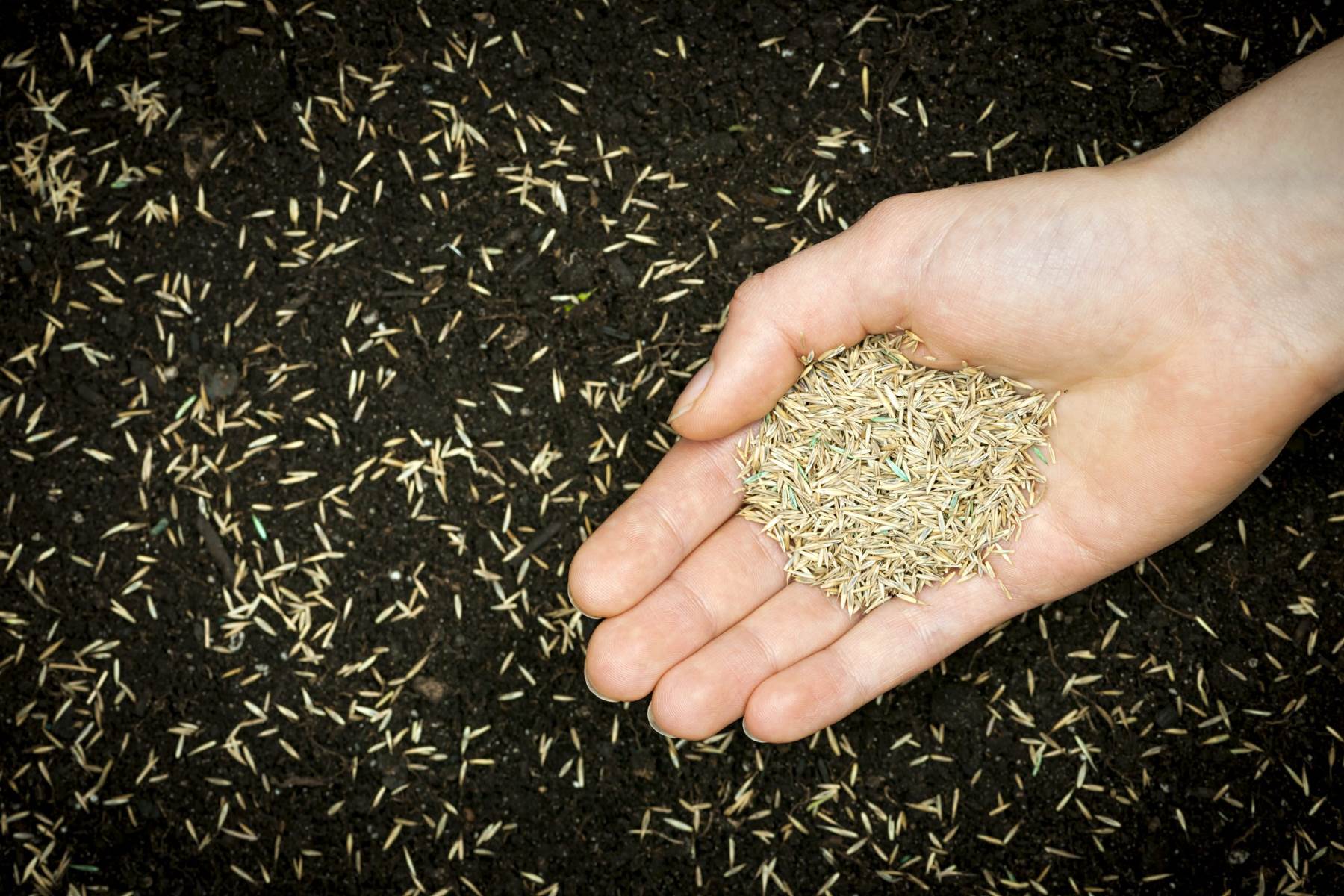
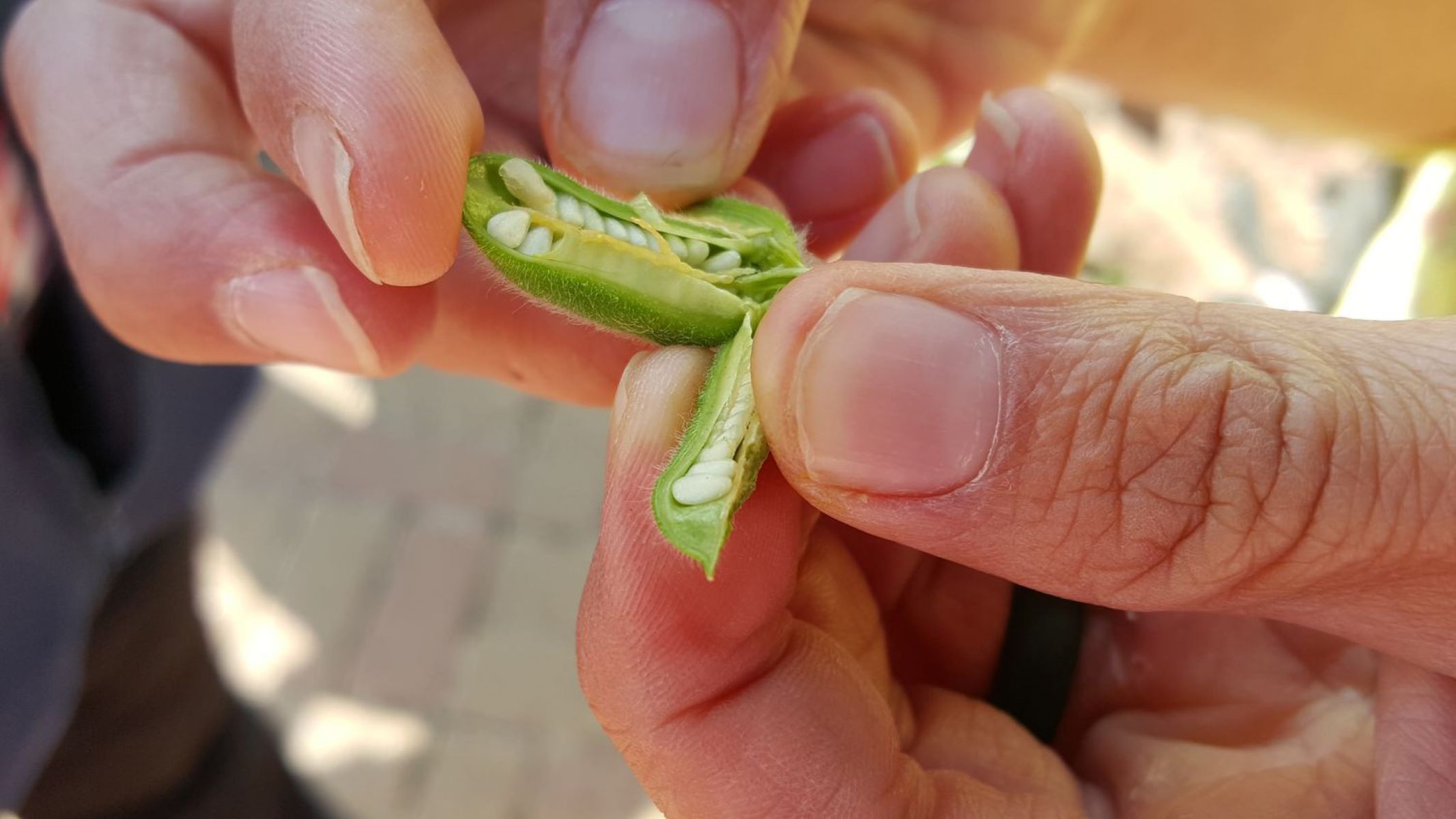
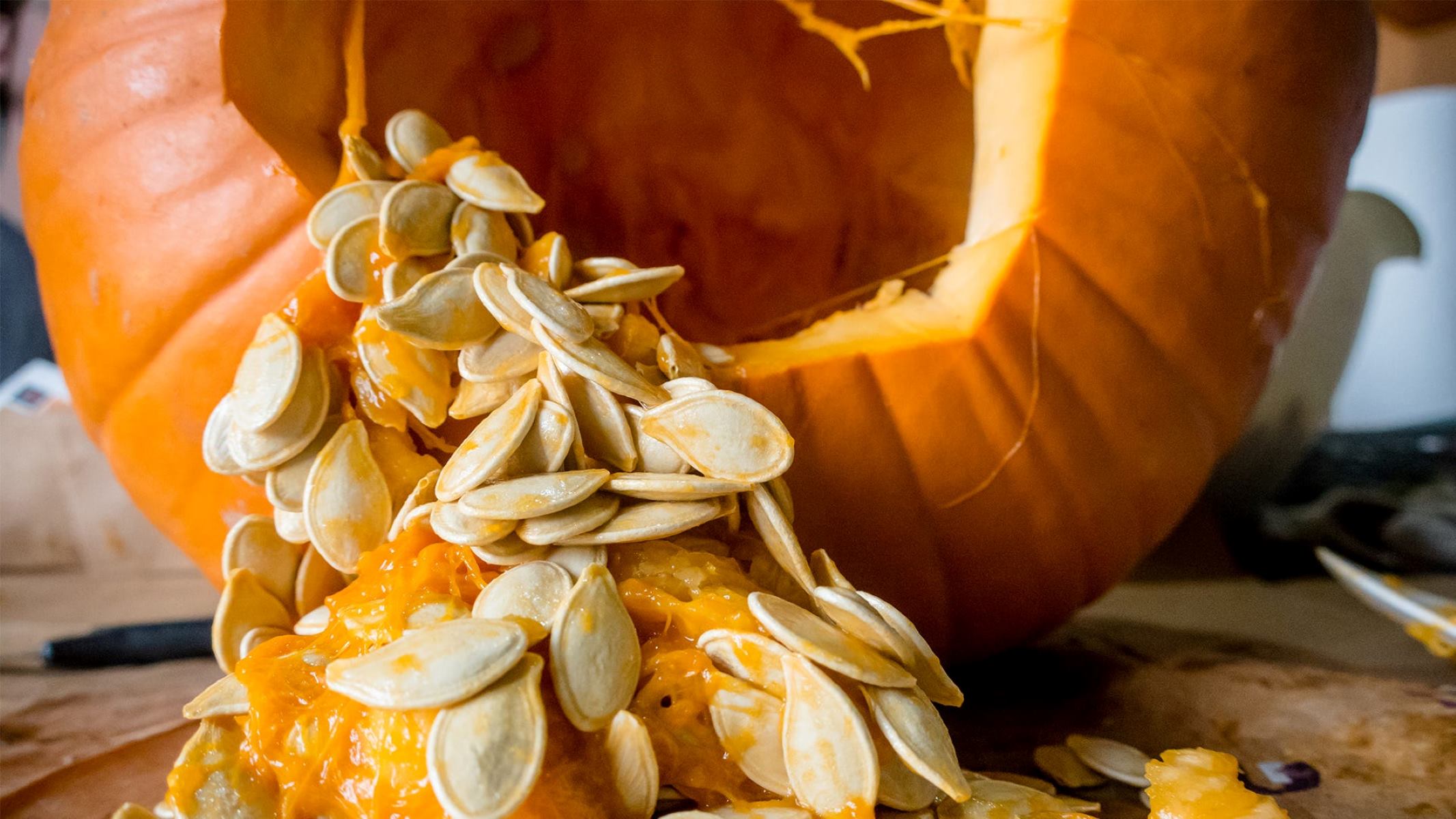
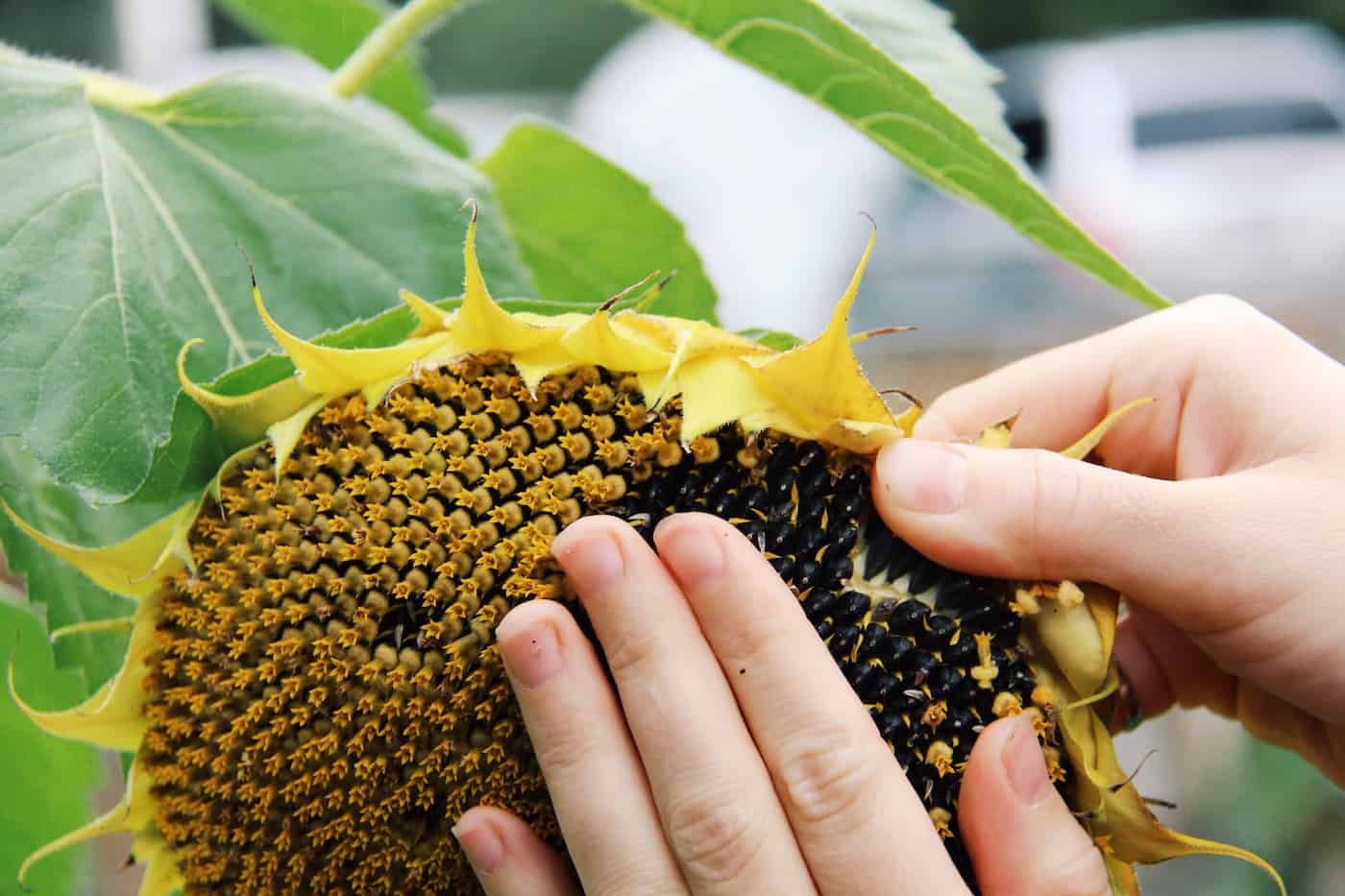
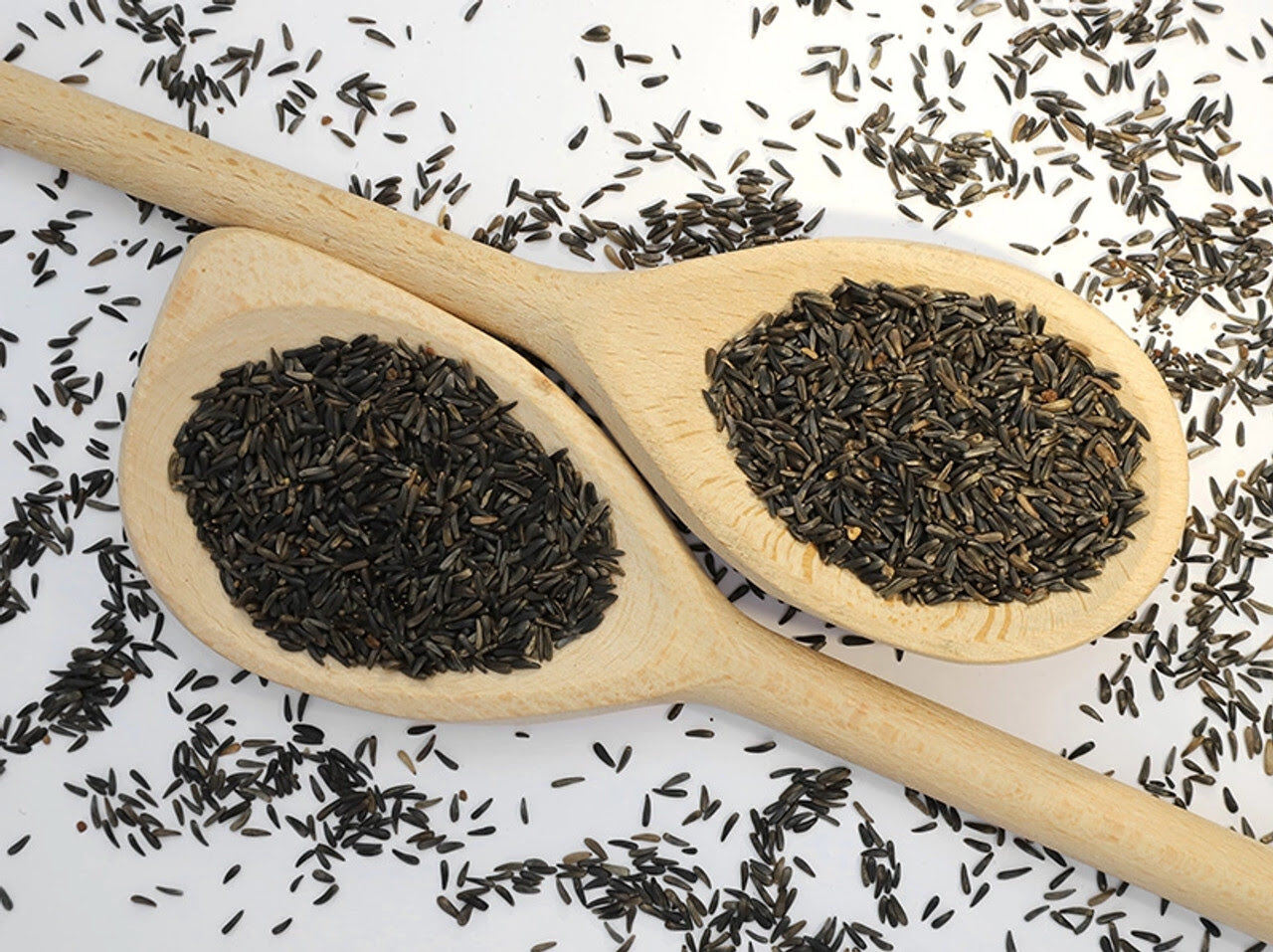
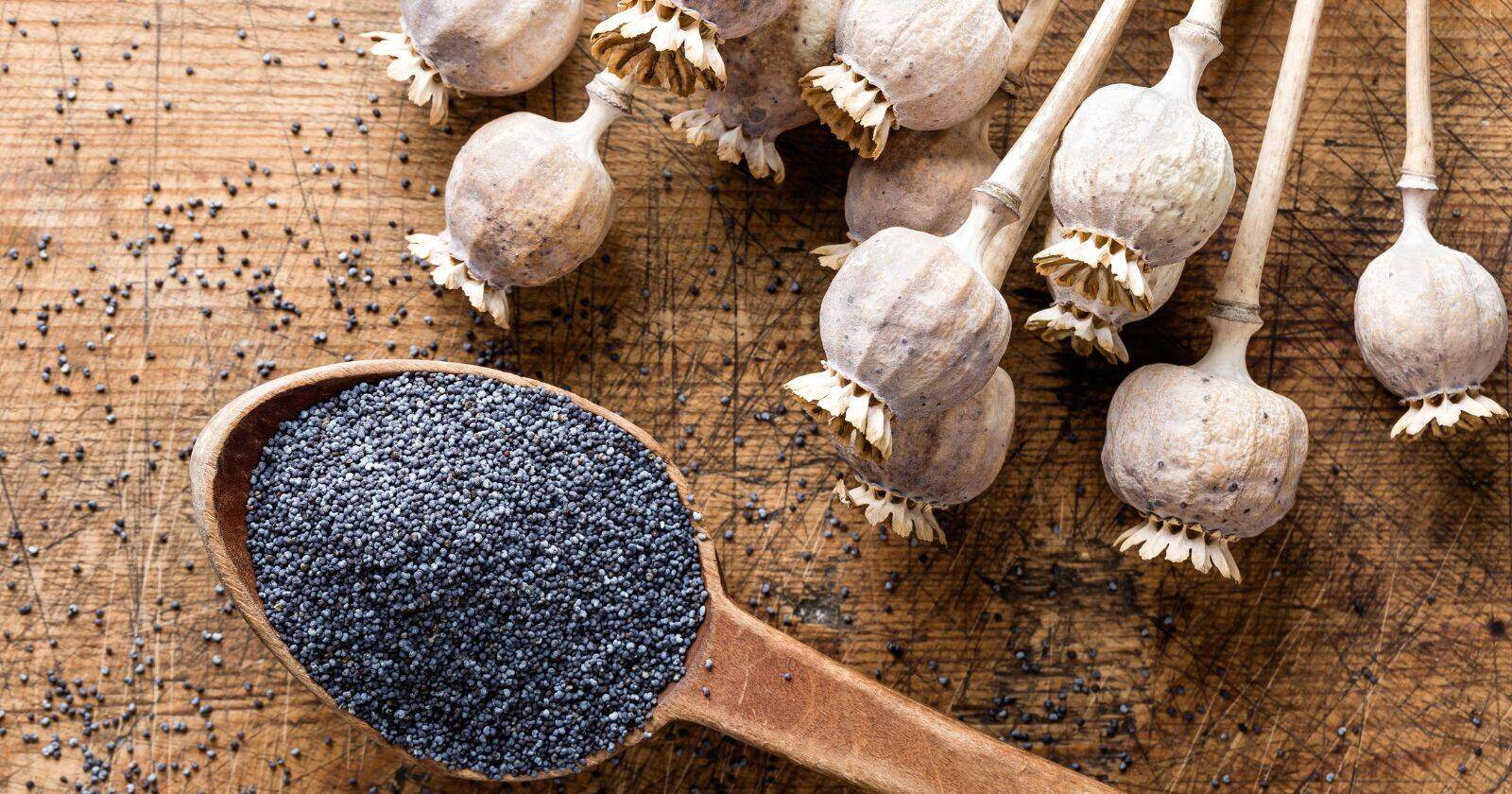
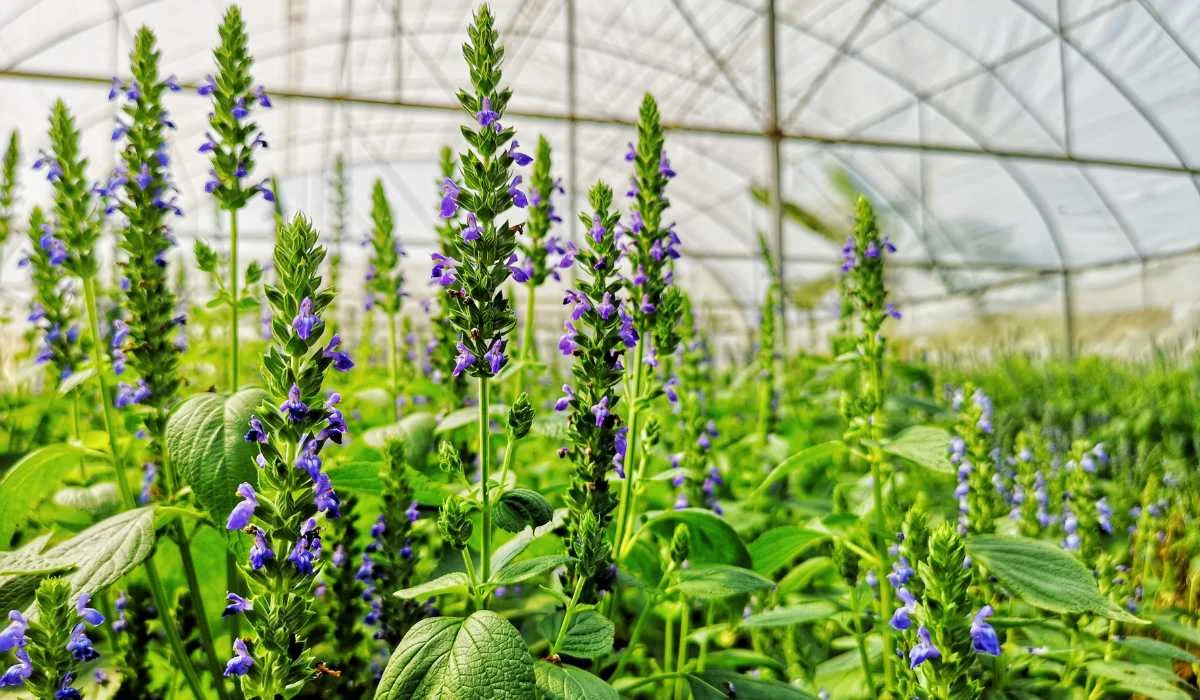
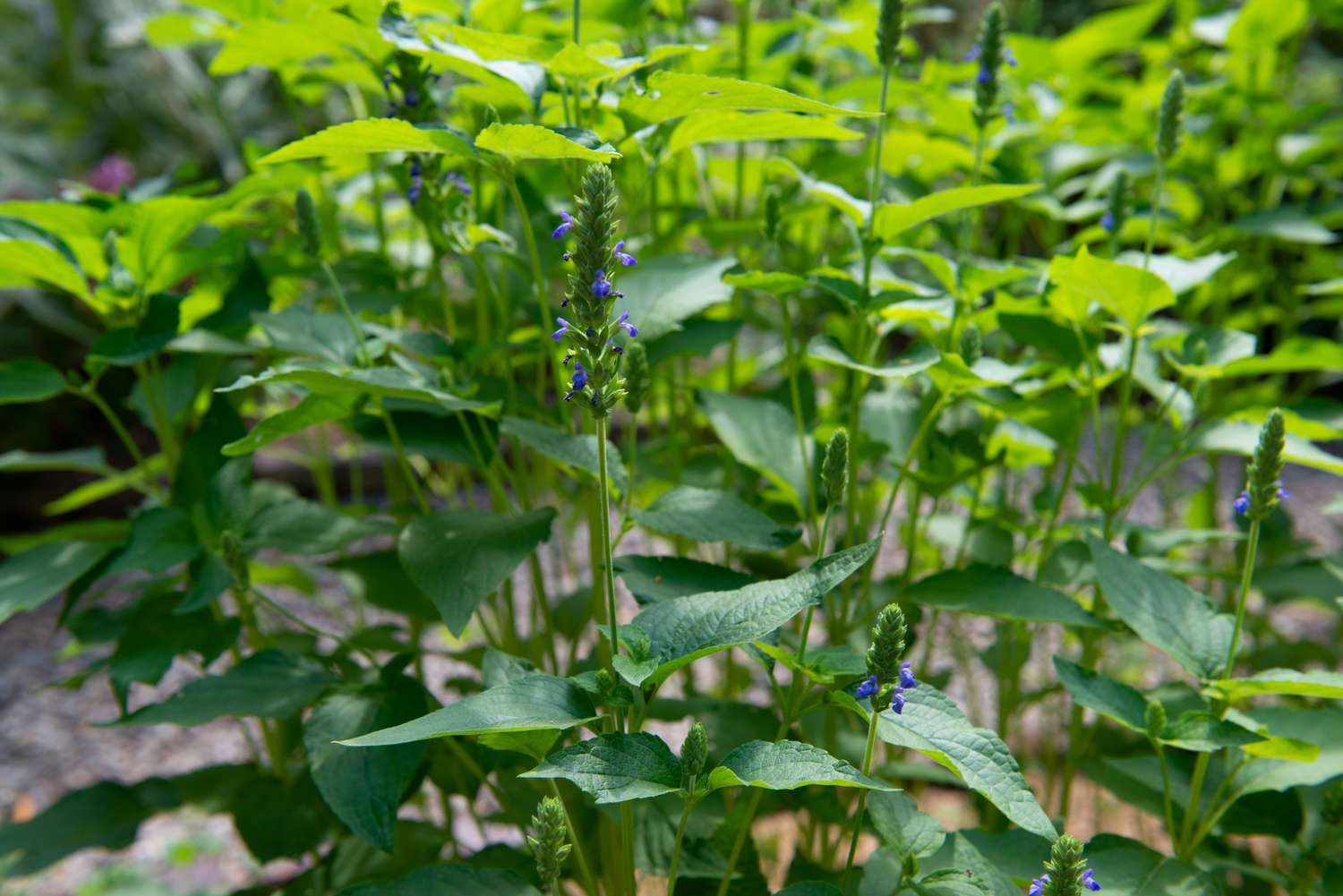
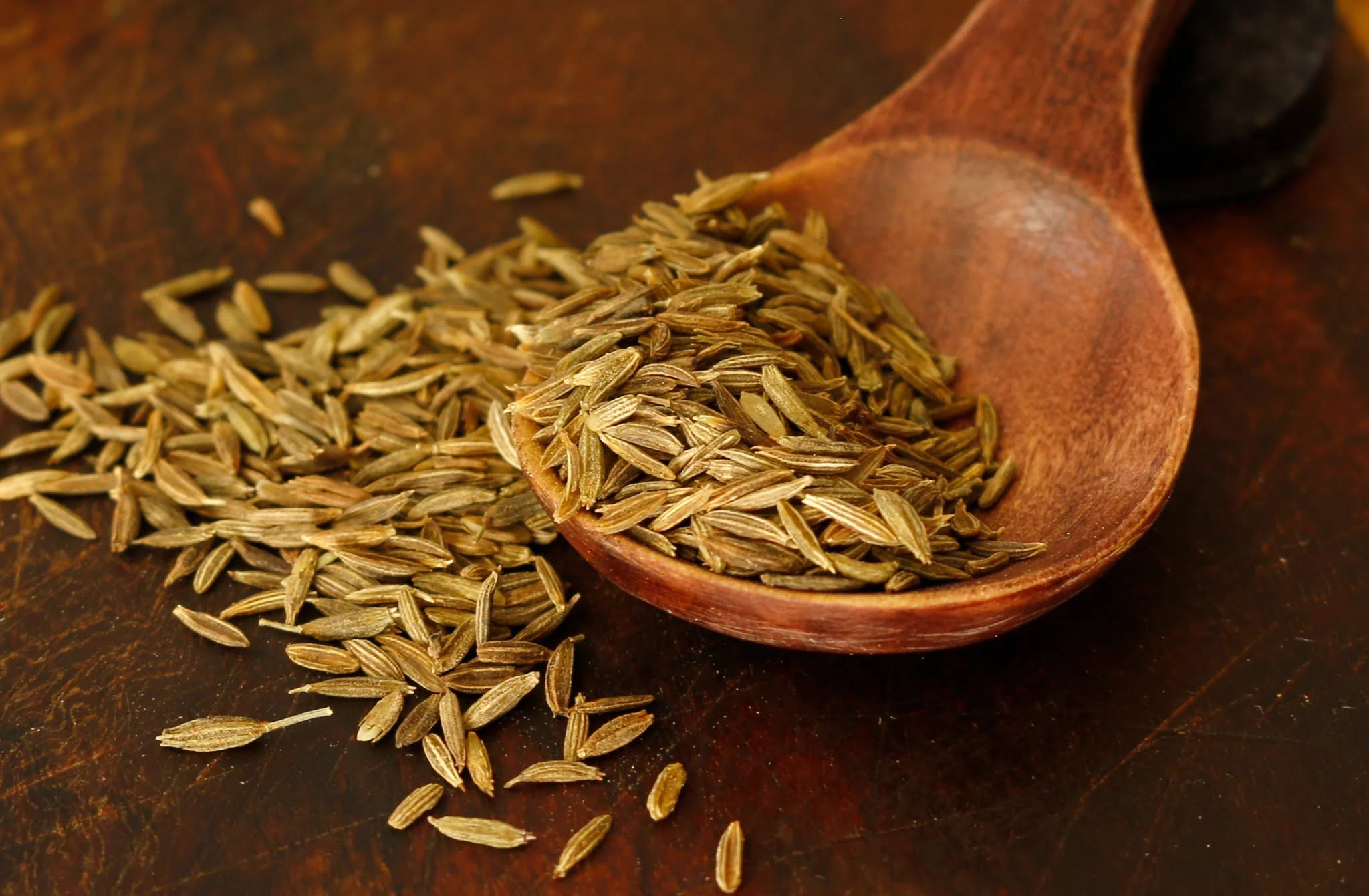
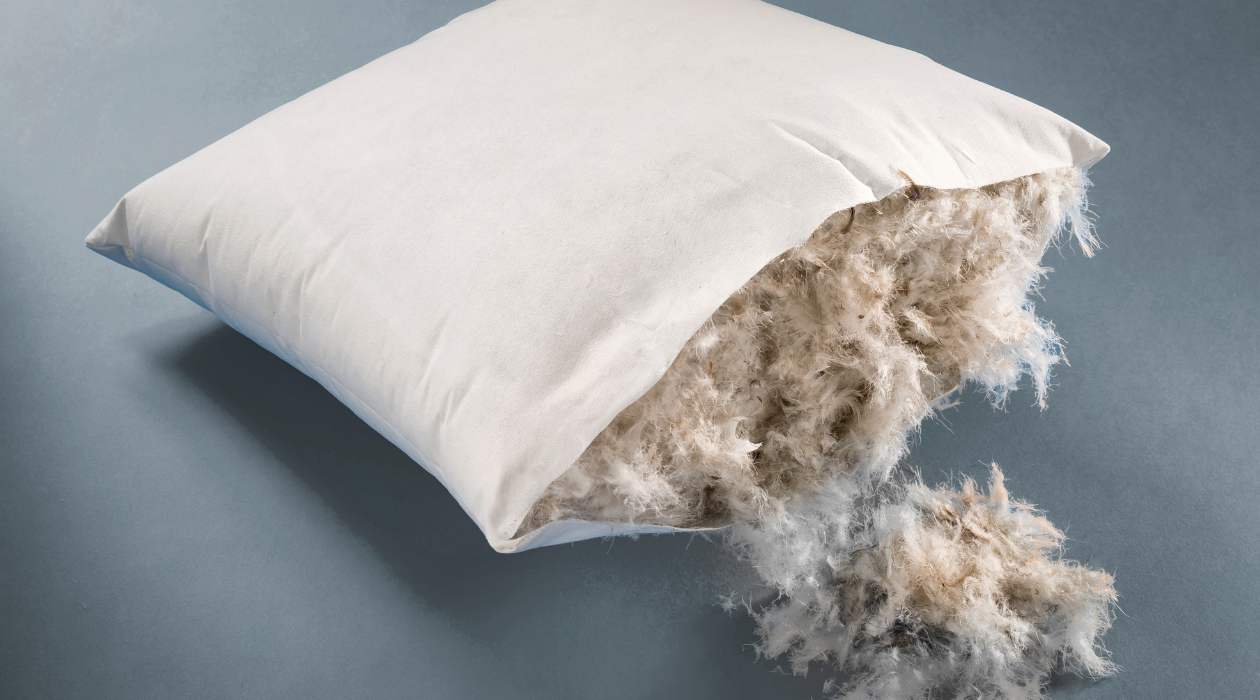

0 thoughts on “Where Do Coriander Seeds Come From”